If you like to indulge in recreational drugs during your downtime, there’s nothing worse than the looming threat of a drug test. It’s a dilemma you may be familiar with if you are going through the process of getting a TWIC card.
Per the United States Coast Guard website, personnel and workers who require access to secure areas of Maritime Transportation Security Act (MTSA) facilities can expect to face drug and alcohol testing. However, testing does not appear to occur during the background check phase.
In this post, I want to discuss different types of drug tests used and the various substances that might show up. I’ll also give you guidance on how to guarantee a clean test. Let’s get started!
What is a TWIC?
A Transportation Worker Identity Card (TWIC) is a form of identification used by the United States Coast Guard. The United States Transportation Security Administration issues TWIC cards to people who need access to secure maritime facilities.
Such secure facilities include dockside warehouses, ships, and port customs offices. Many employees require TWIC cards, from Coast Guard personnel to truck drivers loading and dropping off cargo. Even certain cruise ship personnel need them.
Getting hold of a TWIC is a bureaucratic process. A Transportation Security Administration (TSA) officer must carry out a security assessment, and the employee must submit a type of biometric information.
TWIC Drug Tests

Given the seriousness of the TWIC approval process, you should prepare for any drug testing procedures to be strict and thorough. After all, if you are working on federal property and dealing with heavy machinery, you need to be fit for work.
If your job doesn’t require access to MTSA facilities, you might not be subject to a drug test when applying for a TWIC. In these cases, it appears that an extensive background check is the only form of vetting that occurs.
However, for those who know they will get tested, the exact procedure is unclear. That doesn’t surprise me. The TSA cannot afford to have a well-known process that people can plan for. They will want to keep anybody applying for a TWIC on their toes.
With that in mind, let’s run through the possible testing options and consider the pros and cons of each.
Urine: The most common type of drug test continues to be one of the best. Urine samples can detect drug use within a few hours, and some substances linger in your wee for several weeks. And if put on the spot, it’s very difficult to fake your sample.

Saliva: Mouth swabs have become more widely used by employers as they are easier to conduct and faster to process than urine samples. Saliva tests can detect recent drug use, although it’s possible to clean your mouth out with mouthwash.

Hair: Drug metabolites stick around in hair follicles for several months. These tests effectively pick up on historical drug use but are less good at confirming any current or recent consumption.
Blood: A blood sample shows whether you have any active drugs in your system. While blood tests won’t happen as part of a background check, they are typically the go-to option if you are involved in a work accident.

As an educated guess, I would expect the TSA’s TWIC testing procedure to involve a classic urine test. For the more serious roles, a hair follicle sample may also be informative since it can detect long-term drug use.
TWIC Alcohol Tests
Employers can test for alcohol consumption via several methods. Instant breath analysis (i.e., breathalyzers) flag any current alcohol consumption. Urine tests, mouth swabs, and hair tests work well for past alcohol use.
What Drugs Show Up on a Test?

The standard 5-panel drug tests many employers and government agencies use can detect marijuana, cocaine, opiates, amphetamines, and PCP.
However, there are also more sophisticated 9-panel tests. These check for benzodiazepines, methadone, barbiturates, and propoxyphene, too.
Several prescription drugs may show up on a drug test. For instance, anxiety sufferers may take benzodiazepines, and those with chronic pain might take opioid-based pills. People with ADHD could have an amphetamine prescription.
If any of these apply, don’t panic! Keep the necessary documents ready to prove you genuinely have a prescription, and you will have nothing to stress over. You could let your employer know about your circumstances before taking the test.
CBD Products and Drug Tests

Millions of Americans now use CBD products, a federally legal and non-intoxicating alternative to cannabis. But while CBD’s therapeutic effects are widely sought-after, many are concerned and confused about whether CBD shows up on a drug test.
It depends on the type of CBD product. Crucially, CBD itself will not trigger a positive drug test that screens for tetrahydrocannabinols (i.e., THC and THC-like compounds). However, not all CBD products contain a pure CBD extract.
For example, full-spectrum CBD may have up to 0.3% THC and still be a legal hemp product, according to the Farm Bill. But that’s potentially enough THC to make you test positive, especially if you take high doses of full-spectrum CBD every day.
With CBD products still relatively new, we have little compelling research on their drug test detectability. However, a 2020 research letter published in JAMA Psychiatry has given us intriguing initial insight.
Scientists found that “consistently using full-spectrum, hemp-derived products” could trigger a positive urinary drug screen for marijuana metabolites. Moreover, researchers used CBD products with only 0.02% THC, 15 times below the legal limit.
If you want to use CBD without the nagging worry of failing a drug test, stick to THC-free products. Tinctures, edibles, and vape juices made with CBD-isolate hemp extract have zero detectable THC, assuring you of a clean test.
Still, you must check the product’s third-party lab report to confirm that it doesn’t have any THC. If you cannot find a relevant analysis, choose another brand. Don’t put your job at risk by purchasing from a company that won’t even show you what is in their products.
Psychoactive Hemp Products and Drug Tests
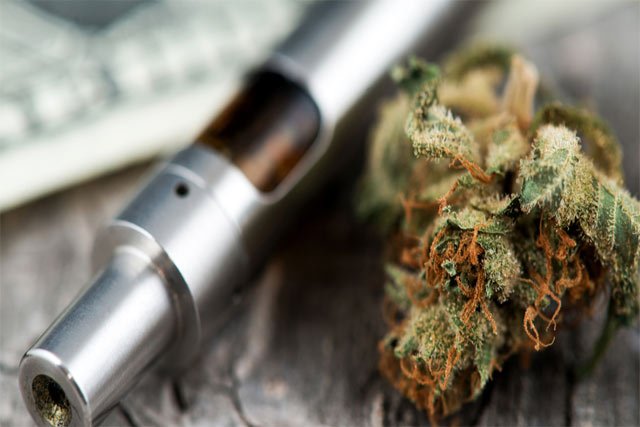
Delta-8, HHC, THC-O, and several other hemp-based highs have all hit the market since the 2018 Farm Bill passed. All these substances make you high, inducing marijuana-like effects. Unfortunately, the similarities don’t end there.
These THC analogs and variants have almost identical chemical structures to THC, which couldn’t be worse for drug tests. Taking any THC-like product could lead to a positive test result for marijuana use, even if it’s legal.
Manufacturers emphasize this, warning that any of these products may show up on a drug test. And you are unlikely to get any sympathy from your employer if you argue that you were using a legal form of marijuana. Ultimately, delta-8 products and the like all make you intoxicated.
Kratom and Drug Tests
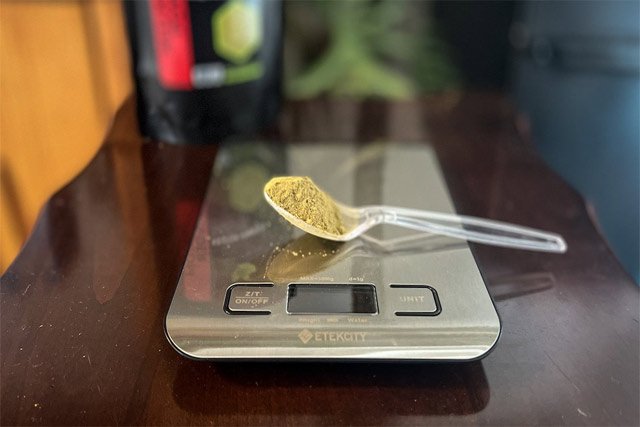
Kratom is a relatively new drug in the United States, although it has a long history of use in Southeast Asia. The legal, psychoactive substance may have therapeutic effects, and millions swear by its benefits.
Thankfully, while there is a specific kratom drug test, regular tests cannot detect kratom alkaloids. What’s more, it’s not worth the financial cost for employers to invest in these kratom tests. For now, kratom continues to fly under the radar.
However, if you regularly consume kratom products, I recommend being discreet about it. If an employer suspects you are intoxicated at work or that out-of-hours kratom use may be affecting your job performance, they could make you take a test.
How Long Are Drugs Detectable in Your System?
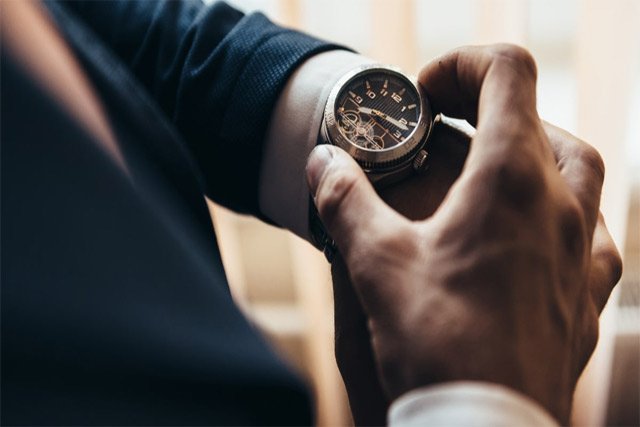
In this section, I’ll stick to the five drug types detectable on 5-panel tests. Be aware that within each drug class, detectability time may vary between substances.
Marijuana: Cannabis becomes detectable in urine shortly after consumption and hangs around for several weeks. THC metabolites typically clear your saliva within 48 hours but can linger in hair follicles for three months.
Sustained and heavy marijuana use keeps metabolites in your system for longer. However, the detectability window tends to narrow for occasional, light users.
Opiates: Codeine and fentanyl only stay in your urine for up to two days, but heroin metabolites lurk for a week. In contrast, heroin becomes undetectable in saliva within a few hours, while mouth swabs can pick up codeine use for around 1 to 4 days.
Cocaine: Urine samples can detect cocaine metabolites for up to 72 hours – the short window explains why cocaine is sought-after among professionals. The substance stays in your saliva for around two days but lingers in hair follicles for months.
PCP: Drugs like Angel Dust remain detectable in urine samples for 14 days. However, PCP substances stay in your saliva for a mere 48 hours. As with other substances, hair follicles can pick up PCP use for several months.
Amphetamines: Adderall and other amphetamines generally stay detectable in urine and saliva for five days. Once again, hair follicle tests can pick up these stimulants several months after you last used them.
How Drug Tests Work
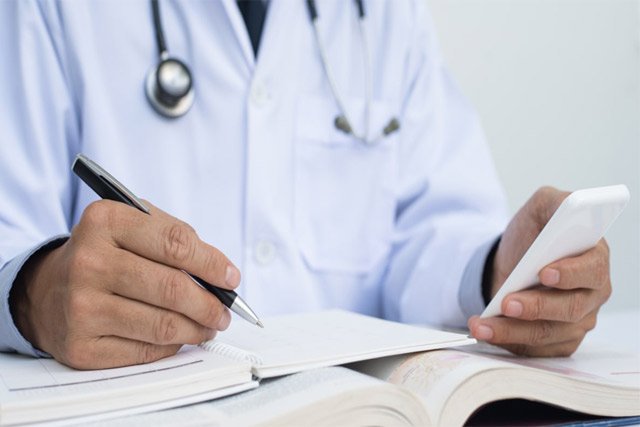
If you want to increase your chances of a clean drug test, it helps to know how they work! Let’s lift the lid on the testing procedure for urine, saliva, and hair follicle samples.
Urine
Providing a urine sample is as glamorous as peeing in a cup and having it sent off for testing! In an ideal world, you’ll get to urinate in private. But a strict testing system can involve having to pee under the watchful eye of somebody else.
After supplying your sample, it will get sent to a laboratory for testing. In addition to checking for drug use, the analysts screen for urine ingredients to confirm that you have given a legitimate sample.
Saliva
A swift cheek swab is all it takes to provide a saliva sample. The sponge on the tip of the collection stick absorbs your saliva, which then gets analyzed for drug metabolites. The analysis may take place on-site or at a laboratory.
Hair
You’ll need to give up 120 hairs during these tests – but the tester won’t take them all from the same spot! Technically, you could provide the sample using an at-home test, although an employer will likely force you to do it under supervision.
The hairs get taken from the crown of your head. The tester should be careful to snip them in a way that doesn’t leave you with a bald spot. Body hair is a possible backup option if you are bald or don’t have much hair on your head.
Hair dye and styling products will not interfere with the results of a test. Once the lab gets your sample, it takes 24 hours to verify a negative test and 72 hours to establish a positive one. An inconclusive result could lead to a retake.
Top Tips for Passing a Drug Test
Of course, the best way to pass a drug test is to avoid illicit substances! But I’m not here to preach, and if you are in a sticky spot, you can take solace in the knowledge that you aren’t without options.
Cleanse your system
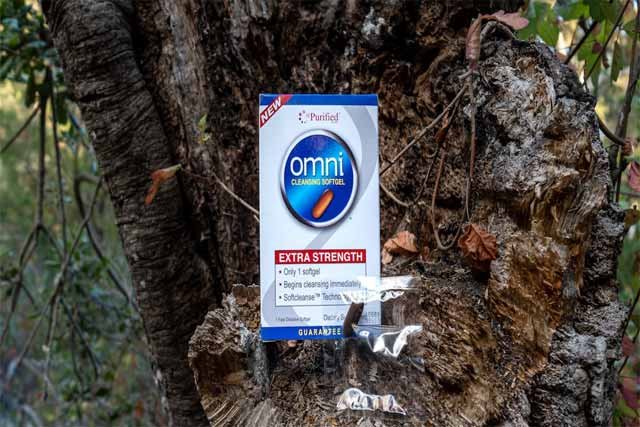
Detox drinks, pills, mouthwashes, and shampoos can help deliver a negative drug test. Some of these products are more complicated than others, and the success rates also vary.
But if you find a legit product and follow the instructions to the letter, detox products can get the job done. The highest quality products have a mix of vitamins, minerals, and herbal ingredients.
Drink water
If you don’t have a fancy detox product in your possession, some good old-fashioned water may help – especially with urine tests. You’ll only test positive if the concentration of drug metabolites in your urine exceeds the threshold.
Guzzling water before your test dilutes the metabolites in your urine, boosting your chances of a pass. But while this is an effective trick, don’t go over the top. Excessive levels of water in your urine will not go unnoticed.




